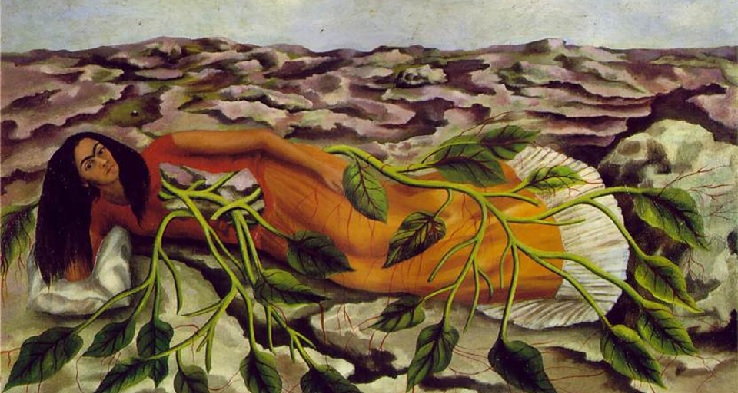About Visual Thinking Strategies

About Visual Thinking Strategies (VTS)
.
More about VTS
A specific approach to looking at art, known as Visual Thinking Strategies (VTS), was co developed by Abigail Housen, Harvard Cognitive Psychologist, and Philip Yenawine, Director of Education at MOMA between the years of 1988-1991
This teaching method is initiated by facilitated discussions of art images and is documented to have a cascading positive effect on both teachers and students.
VTS provides a way to jumpstart a process of learning to think deeply. It is perhaps the simplest way in which teachers can provide students with thinking skills that become habitual and transfer from lesson to lesson; it provides oral and written language literacy, visual literacy, and collaborative interactions among peers.
It is a strategy that is applicable in most subjects however Art is the essential first discussion topic because it enables students to use existing visual and cognitive skills to develop confidence and experience. By learning to use what they already know to figure out what they don’t; they are then prepared to explore other complex subject matter alone and with peers.
Through VTS’ rigorous group ‘problem-solving’ process, students cultivate a willingness and an ability to present their own ideas, they experience how to look deeply, inquire openly, listen attentively, reason in evidence, suspend judgment, hold multiple perspectives, and integrate mistakes. Teachers practice how to steward rather than direct the conversation—-to create a learning environment, one that supports yet challenges the group as they take responsibility for interpreting an artwork’s ambiguity and layered meanings. While respecting and learning from the perspectives of peers the group gains an awareness of shifting individual ideas and perceptions as each person impacts the other.
Experience with VTS produces growth in all students, from challenged and non-English language learners to high achievers. In addition, teachers enjoy the process and benefit from a new approach that reaches all students and is useful across their practice.
How does it work?
Students and teachers silently examine carefully selected art images
Teachers ask open-ended questions beginning with
- What's going on in this picture?
- What do you see that makes you say that?
- What more can we find?
Teachers
Listen carefully to each comment
Paraphrase student responses demonstrating language use
Point to features described in the artwork throughout the discussion
Remain neutral
Facilitate student discussions
Encourage scaffolding of observations and interpretations
Validate individual views
Link related ideas and points of agreement/disagreement
Reinforce a range of ideas
Students
Look carefully at the image
Talk about what they observe
Back up their ideas with evidence
Listen and consider the views of others
Discuss many possible interpretations
Construct meaning together
Growth is stimulated by:
- Looking at art of increasing complexity
- Responding to developmentally-based questions
- Participating in group discussions that are carefully facilitated by teachers
Why does it work?
VTS is a rigorous and fun research based approach with measurable growth in all learners across all areas. VTS is an effective teaching method because it:
- uses visual images to engage, puzzle, and intrigue students while building ability and confidence in decoding complex and diverse material
- is inclusive and fully respects all learners
- is easily mastered because it uses existing strengths, interests, and experiences
- sparks motivation and curiosity
- is easy to transfer the verbal reasoning skills and strategies to other areas of study
